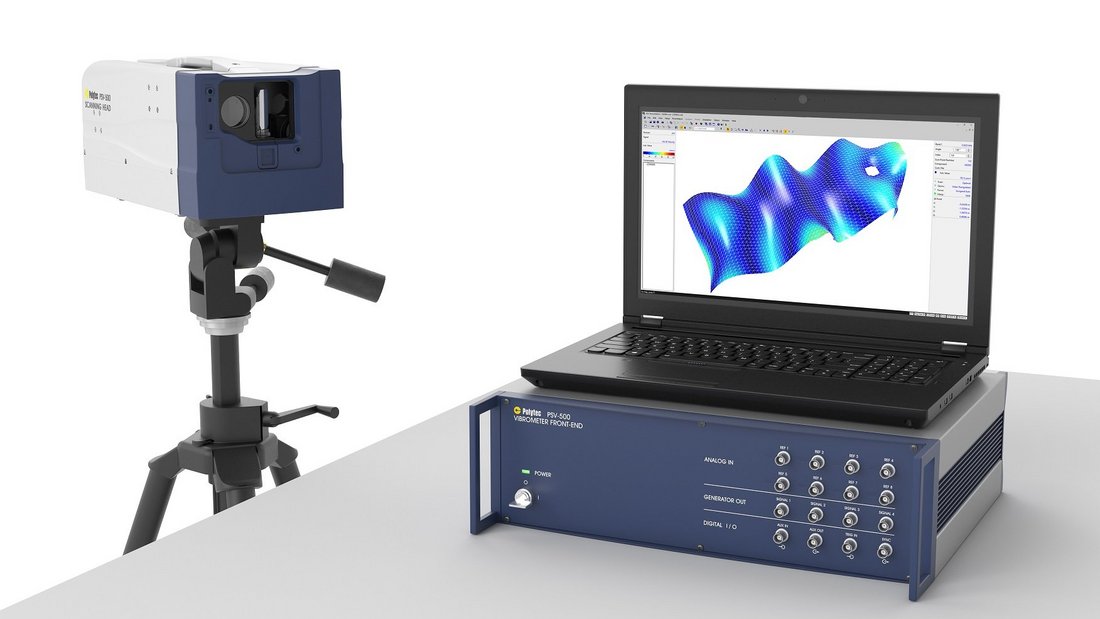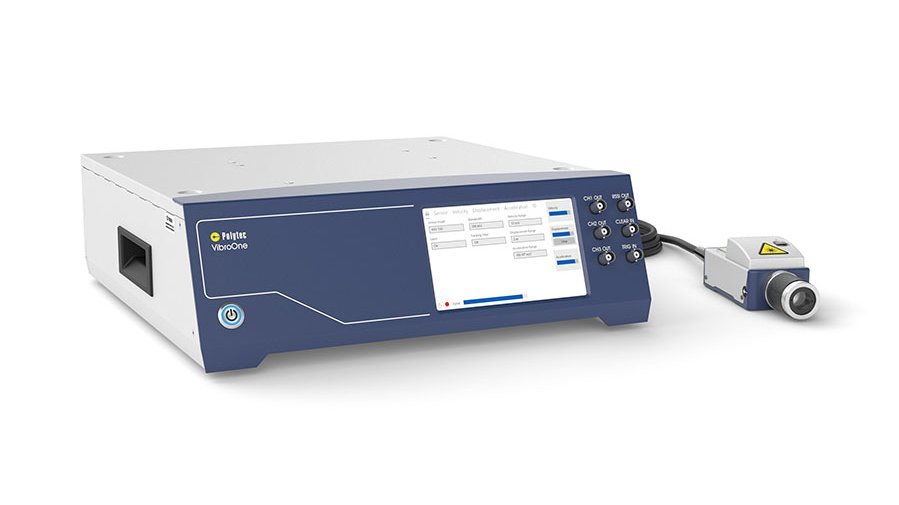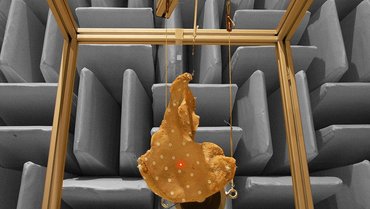Recording physiological data without contact
While laser vibrometers are already well-established tools used in industry and mechanical engineering where zero influence on the sample is required, their use for recording physiological data is fairly innovative by comparison. In medical research, non-contact measurement isn’t just more pleasant for the patient; it offers decisive hygienic benefits, too. The applications are based on the realization that many of the body’s physiological activities have mechanical components. Some of the energy – however small and barely noticeable– is transported to the skin and creates skin movement. Accordingly, a wide range of internal body sounds, pulses and vibrations can be recorded simply by directing a laser beam at the body.
Various cardiovascular activities can be recorded with laser vibrometers:
- Ballistocardiac movements
- The heart walls’ local signals in the individual phases of the cardiac cycle
- The blood vessels’ pressure signals
Polytec Magazine
Osteoarthritis therapy
Non-contact alternative to dynamic and viscoelastic mechanical testing in cartilage

Laser vibration measurement for visualization
Sound from speech, for example, is radiated not only from the mouth and nostril openings, but also from the surfaces of the head and neck. Scientists can use Polytec Scanning Vibrometers to measure vibrations caused during phonation. The method is suitable for evaluating the speech of patients with cleft palate or velopharyngeal insufficiency in the throat area. Vibration patterns may be helpful as visual feedback on speaking exercises for such patients.
Laser vibrometry focusing on the small details
Characterize small and delicate structures in a non-contact way. Analyze vibration, acoustics and dynamics. Measure biomedical samples, electronics components and microstructures like MEMS by light, without mass-loading, and from DC up to the GHz range on a large bandwidth. Laser vibrometers focus on the small details, measuring deflection shapes for model validation. They assess the frequency response and determine resonance frequency, impulse response and Q factor. No matter how big or small – Polytec vibrometers measure it!







